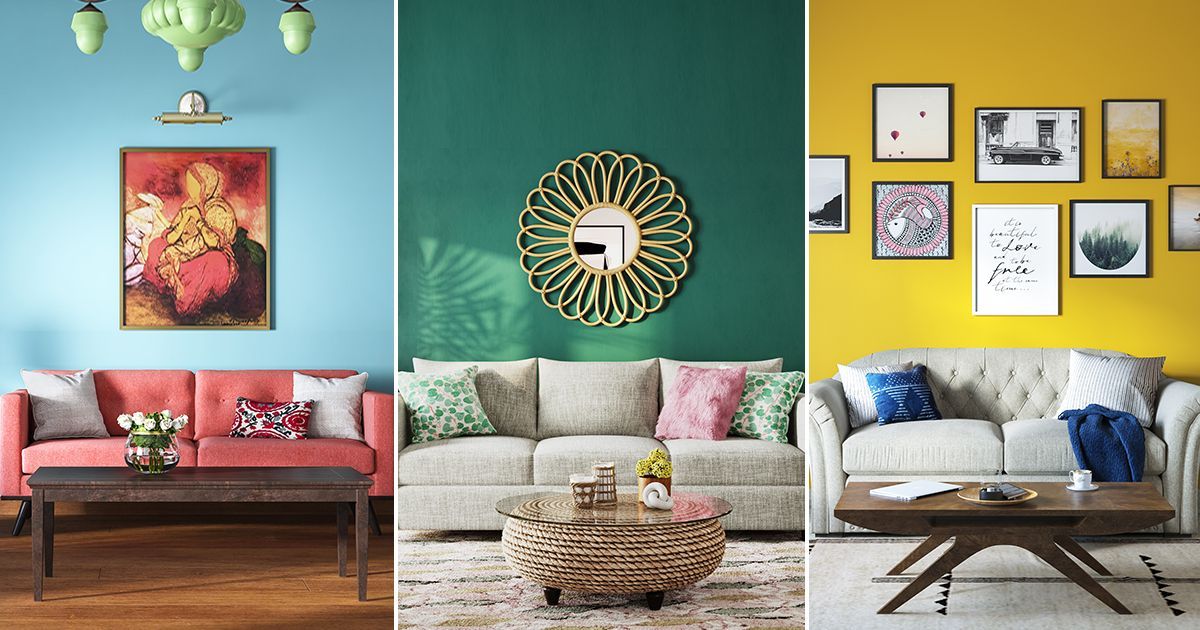Explore expert miami interior design for high-end home and office interiors.
Explore expert miami interior design for high-end home and office interiors.
Blog Article
Transform Your Home With Essential Principles of Interior Decoration and Aesthetics
By recognizing the influence of color theory and the value of appearance and patterns, one can create areas that are not just aesthetically attractive yet also deeply individual. Attaining this balance entails even more than plain decor; it incorporates a critical arrangement and an eager understanding of exactly how each aspect communicates within a space.
Understanding Shade Theory
Comprehending the principles of shade concept permits designers to develop rooms that resonate psychologically with residents while fulfilling useful requirements. Each classification plays a vital duty in establishing harmony within a space.
The emotional effect of shades is extensive; warm shades such as reds and oranges evoke power and warmth, while great tones like blues and environment-friendlies advertise peace and tranquility. In addition, making use of corresponding shades enhances aesthetic passion, producing striking contrasts that can boost a space's appeal.
Neutral shades, on the various other hand, work as a functional background, allowing other style aspects to beam. It is important to take into consideration elements such as illumination and the area's objective when choosing a shade scheme, as these can modify the assumption of shades throughout the day.
Inevitably, a well-considered color design can transform an area, cultivating a sense of comfort and design that lines up with the residents' choices. Proficiency of shade theory is, therefore, a vital ability for any interior developer intending to create unified and inviting environments.
Accomplishing Balance in Style
Just how can designers achieve a feeling of balance in their spaces? Attaining equilibrium in style is essential to developing unified insides. Designers can use three key kinds of equilibrium: in proportion, asymmetrical, and radial. Symmetrical balance entails organizing aspects equally around a central point, cultivating a sense of order and peace. This type commonly features sets of furnishings or artwork, boosting aesthetic security.
Asymmetrical equilibrium, on the other hand, relies upon differing aspects that still achieve a cohesive look. This strategy permits more vibrant and casual plans, supplying passion while maintaining balance. By very carefully selecting differing sizes, colors, and appearances, developers can produce an aesthetically engaging space that really feels well balanced yet energetic.
Radial balance emphasizes a central centerpiece with aspects emitting exterior. This style is typically seen in round designs, where furnishings and style create a cohesive border that attracts the eye internal.
Ultimately, achieving balance requires thoughtful consideration of range, percentage, and the connections between elements. interior design firms. By masterfully applying these equilibrium principles, developers can transform areas right into environments that really feel both aesthetically pleasing and functionally unified, enhancing the total experience for residents
Value of Spatial Recognition

An eager sense of spatial understanding link enables developers to identify prime focus within a space, guiding the viewer's attention to key attributes while preserving a total feeling of unity. It likewise assists in the strategic placement of illumination, which can drastically affect the understanding of space and state of mind. Furthermore, recognizing spatial connections makes it possible for the designer to deal with the specific needs of inhabitants, ensuring that special info each location offers its intended function without compromising visual appeals.
Eventually, spatial awareness is important for optimizing the possibility of any interior space. By carefully considering the interplay between dimensions, layout, and function, developers can create atmospheres that not only fulfill practical requirements yet likewise stimulate a feeling of comfort and charm, improving the general living experience.
Integrating Structure and Patterns
Accepting a varied variety of textures and patterns can significantly enhance the visual and tactile appeal of an interior space. The calculated use of different products-- such as timber, steel, textile, and rock-- produces deepness and passion, making a room really feel extra inviting and vibrant. For circumstances, combining smooth surface areas with rough structures can establish an equilibrium that draws the eye and engages the senses.
When integrating patterns, take into consideration both scale and repetition. Large patterns can work as centerpieces, while smaller, subtle designs can enhance other aspects without overwhelming the space. Layering patterns, such as pairing floral paddings with striped throws, adds intricacy and a sense of consistency if executed thoughtfully.
It is additionally essential to keep a natural color palette, ensuring that appearances and patterns collaborate as opposed to contend for focus. By picking a couple of essential textures and patterns, you can produce an unified aesthetic that shows your individual design while boosting the general atmosphere of the space. Inevitably, the mindful incorporation of these aspects can change a mundane area right into a check out here sophisticated setting abundant with personality and heat.
Individualizing Your Room
Producing a space that reflects your individuality is vital to achieving a genuinely inviting environment. Customization in interior decoration enables you to instill your special style and passions right into your home, transforming it from a mere sanctuary into a haven that talks with who you are. Begin by picking a shade palette that reverberates with your emotions-- strong shades can energize, while soft tones provide harmony.
Integrate art work and decoration that reflect your interests, whether it be travel, nature, or abstract concepts. Presenting personal collections, such as publications, pictures, or souvenirs, can evoke treasured memories and create focal factors within an area. Furthermore, think about tailoring practical items, like upholstered furnishings, to straighten with your aesthetic preferences.

Final Thought
In conclusion, the makeover of a home via the necessary concepts of interior decoration and looks necessitates a comprehensive understanding of shade concept, equilibrium, spatial understanding, appearance, and personalization. Each aspect adds substantially to producing an unified and practical living atmosphere - luxury interior design. By thoughtfully incorporating these concepts, people can enhance the aesthetic appeal and emotional vibration of their rooms, ultimately fostering a home that reflects one-of-a-kind identifications while giving convenience and functionality
Report this page